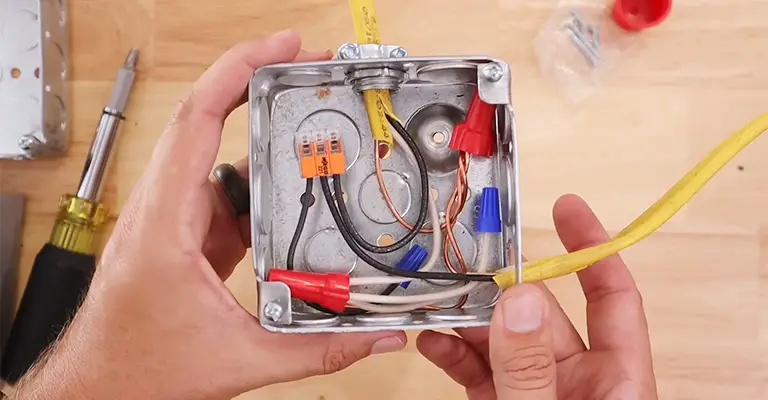Connecting 6-gauge wire in a junction box is a task that may arise during various electrical projects, such as wiring circuits, adding outlets, or making electrical repairs.
When dealing with heavier electrical loads or larger wires, such as 6-gauge wire, it’s crucial to ensure proper connections to maintain safety and functionality.
In this guide, we’ll walk you through the steps on how to connect 6-gauge wire in a junction box.
1. Gather Your Materials
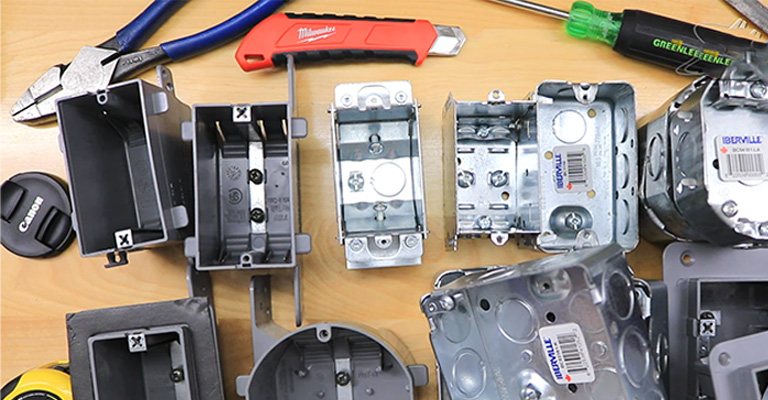
Before you begin, make sure you have the following materials and tools:
- 6-gauge electrical wire
- Junction box appropriate for your application
- Wire connectors (wire nuts)
- Wire strippers
- Screwdrivers
- Electrical tape
- Wire clamps (if required)
2. Safety Precautions
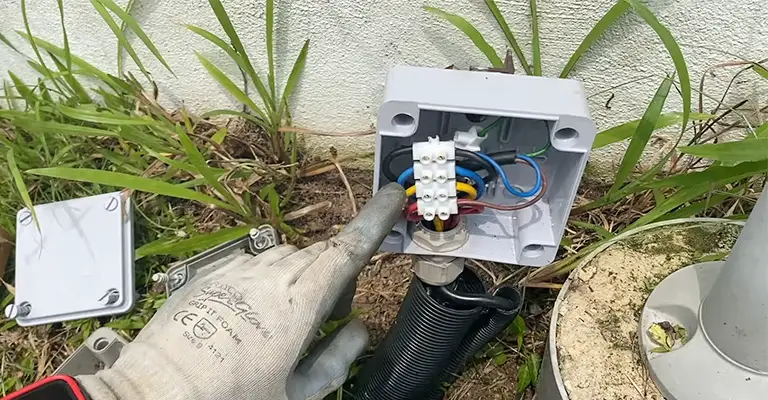
Safety should always be a top priority when working with electrical systems. Make sure to:
Turn off the power to the circuit you’ll be working on at the main circuit breaker or fuse box.
Wear appropriate safety gear, such as insulated gloves and safety goggles. Ensure the junction box is dry and free from any potential hazards.
3. Prepare the Junction Box
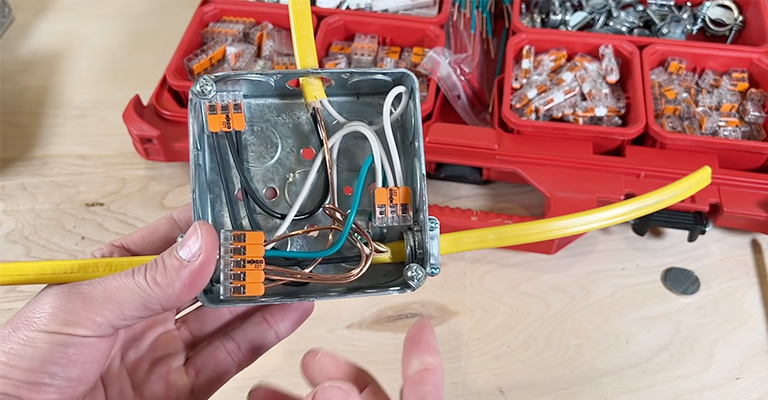
Open the junction box and ensure it’s clean and free from any debris or dust. Check that it’s the correct size for your wires and provides enough space for proper wire routing.
4. Strip the Wire Ends
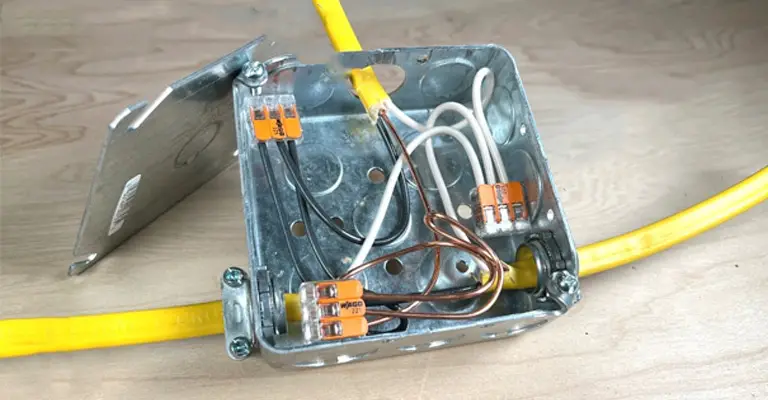
Using your wire strippers, carefully strip about 3/4 inch (19mm) of insulation from the ends of the 6-gauge wires. Be cautious not to nick or damage the wire strands during this process.
5. Connect the Wires
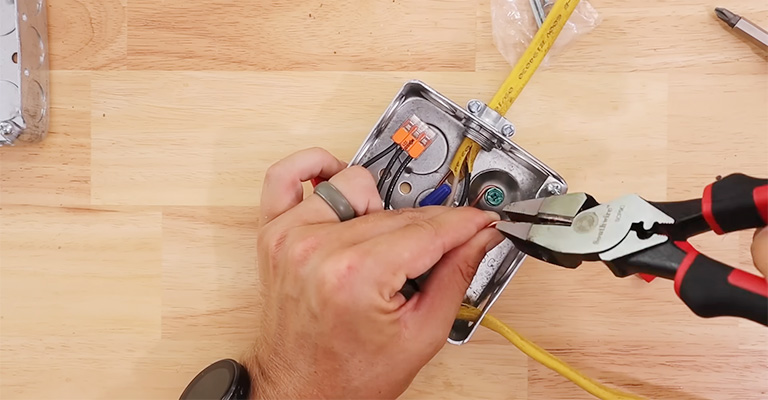
Inside the junction box, identify the wires you need to connect. Typically, you’ll have two or more wires to join.
Hold the stripped ends of the wires together and twist them in a clockwise direction. This ensures a tight and secure connection.
6. Secure the Connection
Place an appropriately sized wire nut over the twisted wire ends and turn it clockwise until it’s snug.
Make sure the wire nut is the correct size for the wire gauge you’re working with. Tug gently on the wires to ensure they are securely held together.
7. Close The Junction Box
Carefully tuck the connected wires into the junction box, ensuring they are not strained or pinched.
Close the junction box cover and secure it in place with the provided screws. If the box requires additional clamps to secure the wires, install them as needed.
FAQs
1. Can I use electrical tape instead of wire nuts?
While electrical tape can be used to insulate wire connections, it’s not recommended as the sole means of connection. Wire nuts provide a more secure and reliable connection.
2. What if my 6-gauge wire won’t fit in the wire nut?
If the wire nut is too small, you should use a larger one that’s suitable for 6-gauge wire. Using the correct-sized wire nut is essential for a safe and reliable connection.
3. Can I reuse wire nuts?
It’s generally not recommended to reuse wire nuts, as they can become damaged or lose their grip over time. It’s safer to use new wire nuts for each connection.
Conclusion
Connecting 6-gauge wire in a junction box is a straightforward process, but it requires attention to detail and adherence to safety guidelines.
By following the steps outlined in this guide and taking proper precautions, you can ensure a secure and reliable electrical connection for your wiring needs.
Always remember to turn off the power before working on electrical circuits and seek professional assistance if you’re uncertain about any aspect of the process. Your safety should always come first.

